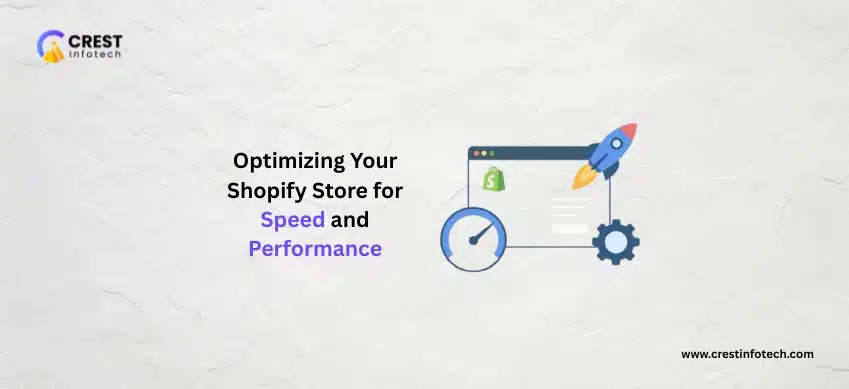Did you know that over 60% of online shopping happens on mobile devices? If your online store isn’t optimized for smartphones, you’re likely losing sales, frustrating users, and hurting your brand image.
Let’s walk through how you can create a seamless, mobile-friendly e-commerce experience that keeps users browsing and buying.
1. Use a Responsive Design
A responsive design ensures your website looks and works great on all screen sizes — from iPhones to tablets.
💡 Tip: Choose a theme labeled as “mobile-first” or “mobile-optimized” when building your store.
- Content should reflow naturally on small screens
- Navigation menus should be compact (think hamburger icon)
- Images should auto-scale without distortion
2. Simplify Navigation
Mobile users are goal-oriented — they want to find products fast. Make it effortless:
- Use sticky navigation bars for key categories
- Include a search bar that’s always visible
- Limit your top-level menu to no more than 5 items
3. Optimize Mobile Speed
Slow websites kill conversions. Google recommends your site load in under 3 seconds on mobile. Here’s how:
- Compress images using tools like TinyPNG or WebP
- Use a fast, mobile-optimized theme
- Minimize scripts and use lazy loading
🛠️ Tools like PageSpeed Insights can help identify slow-loading elements.
4. Make Product Pages Touch-Friendly
Mobile users tap, not click — so your design must accommodate:
- Large, tappable buttons
- Zoomable product images
- Clear CTAs (e.g., “Add to Cart”)
- Bullet-point descriptions for quick scanning
“Above the fold” content matters even more on mobile. Show price, reviews, and add-to-cart buttons immediately.
5. Streamline the Checkout Experience
Reduce friction at checkout to prevent cart abandonment:
- Offer guest checkout
- Use autofill for name, address, and email fields
- Integrate mobile wallets like Apple Pay and Google Pay
Bonus: Limit the checkout to one page if possible.
6. Test on Real Devices
Don’t rely solely on simulators — test your store on actual devices. Look for:
- Clickable elements that are too small
- Content overflow or layout bugs
- Broken links and slow-loading images
🔍 Tools like BrowserStack can help you test across devices you don’t own.
7. Keep Popups Light & User-Friendly
Popups can be useful (for email capture or promo alerts) but should never interrupt the mobile flow.
8. Analyze and Optimize
Monitor how your mobile visitors behave using:
- Google Analytics (set filters for mobile traffic)
- Heatmaps like Hotjar to watch scroll and tap behavior
- Conversion tracking for mobile-specific performance
📊 Data will help you make better design and marketing decisions for mobile users.
Final Thoughts
Mobile e-commerce isn’t just about shrinking your desktop site — it’s about reimagining the entire shopping experience for smaller screens. Focus on speed, simplicity, and seamless functionality, and your mobile visitors will reward you with higher engagement and more sales.
🚀 Ready to go mobile-first? Now is the time!



